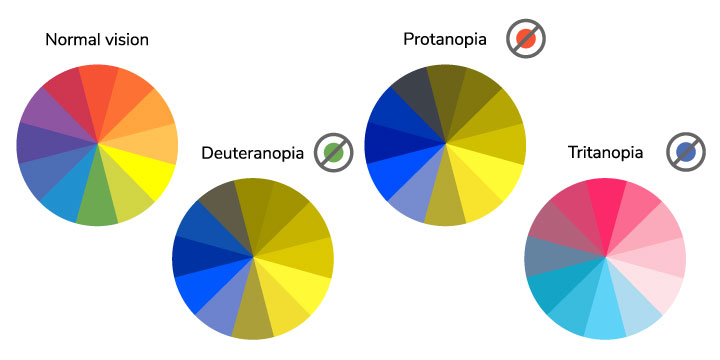Color Vision Deficiency (Color Blindness) - Symptoms, Causes and Treatment
07-04-2024
What is Color Vision Deficiency (Color Blindness)?
Color vision deficiency, commonly known as color blindness, is a condition in which an individual has difficulty distinguishing between certain colors. This can range from a mild difficulty in distinguishing between shades of a particular color to a complete inability to see certain colors altogether. Color vision deficiency is often inherited and can affect both males and females, although it is more common in men. This condition can impact a person's ability to perform certain tasks that require accurate color perception, such as driving or choosing clothing.What Are The Causes Of Color Vision Deficiency (Color Blindness)?
Color Vision Deficiency, commonly known as Color Blindness, is caused by a genetic anomaly that affects the normal functioning of the cones in the retina of the eye. These cones are responsible for detecting and interpreting different colors of light. The most common type of Color Vision Deficiency is red-green color blindness, which is more prevalent in males than females. This condition can be inherited from one or both parents, and can also be acquired later in life due to certain medical conditions or medications. In some cases, Color Vision Deficiency can be a result of damage to the optic nerve or other parts of the visual pathway.What Are The Risk Factors For Color Vision Deficiency (Color Blindness)?
There are several risk factors that can contribute to Color Vision Deficiency (Color Blindness). One of the most common risk factors is genetics, as the condition can be inherited from one or both parents. Age can also be a risk factor, as Color Vision Deficiency tends to become more prevalent as individuals get older. Additionally, certain medical conditions such as diabetes, multiple sclerosis, and Parkinson's disease can increase the risk of developing Color Vision Deficiency. Exposure to certain chemicals or medications, such as some antibiotics and antipsychotic drugs, can also be risk factors for the condition. Finally, gender can play a role, as Color Vision Deficiency is more common in males than females.What Are The Symptoms Of Color Vision Deficiency (Color Blindness)?
Color Vision Deficiency, commonly known as color blindness, can present with a variety of symptoms. Individuals with this condition may have difficulty distinguishing between certain colors, especially red and green. They may also struggle to recognize shades of colors or have a reduced ability to perceive colors in general. Some people with color vision deficiency may experience confusion when trying to differentiate between colors, leading to challenges in tasks such as reading color-coded graphs or maps. Additionally, those with this condition may have trouble matching or coordinating colors in clothing or other items. Symptoms of color blindness can vary in severity and may impact daily activities and tasks that require accurate color perception.How is Color Vision Deficiency (Color Blindness) Diagnosed?
Color Vision Deficiency, also known as Color Blindness, is typically diagnosed through a series of tests during a comprehensive eye examination. One common test used to diagnose Color Vision Deficiency is the Ishihara Color Plate Test, where patients are asked to identify numbers or shapes within a series of colored dots. Other tests, such as the Farnsworth D-15 test or the Anomaloscope test, may also be used to further assess color vision abilities. These tests help optometrists determine the type and severity of Color Vision Deficiency a patient may have, allowing for proper management and recommendations for improving color perception.How is Color Vision Deficiency (Color Blindness) Treated?
Color Vision Deficiency, also known as Color Blindness, is typically a lifelong condition with no cure. However, there are some treatment options available to help individuals with this condition. One common approach is the use of colored filters or lenses to enhance color perception and improve the ability to differentiate between certain colors. Another option is the use of special glasses or contact lenses that can help to enhance color vision in certain situations. Additionally, there are also visual aids and technology available that can assist individuals with Color Vision Deficiency in their daily lives, such as color identification apps or special color-coded systems for tasks like cooking or sorting objects. It is important for individuals with Color Vision Deficiency to work closely with their optometrist to explore these treatment options and find the best solution for their specific needs.Is There A Cure For Color Vision Deficiency (Color Blindness)?
There is currently no cure for Color Vision Deficiency, commonly known as Color Blindness. While there are some corrective lenses and special glasses that can help individuals with certain types of Color Vision Deficiency better differentiate between colors, these solutions do not provide a permanent fix. Additionally, there is ongoing research in the field of gene therapy that may offer potential treatments in the future, but as of now, there is no definitive cure for Color Vision Deficiency. Management strategies, such as color-coding and labeling, can help affected individuals navigate their daily lives more easily.How Can Color Vision Deficiency (Color Blindness) Be Prevented?
Color Vision Deficiency, also known as Color Blindness, cannot be prevented. This condition is usually inherited and is determined by genetics. While there is no way to prevent Color Vision Deficiency, individuals who have a family history of the condition can be aware of their risk and seek regular eye exams to monitor their vision. Understanding one's risk factors and staying informed about the condition can help individuals better manage any challenges they may face due to Color Vision Deficiency.Regular eye exams with advanced technologies are essential for the early detection and treatment of color vision deficiency (color blindness). Schedule an eye exam with an optometrist today!
Schedule An Appointment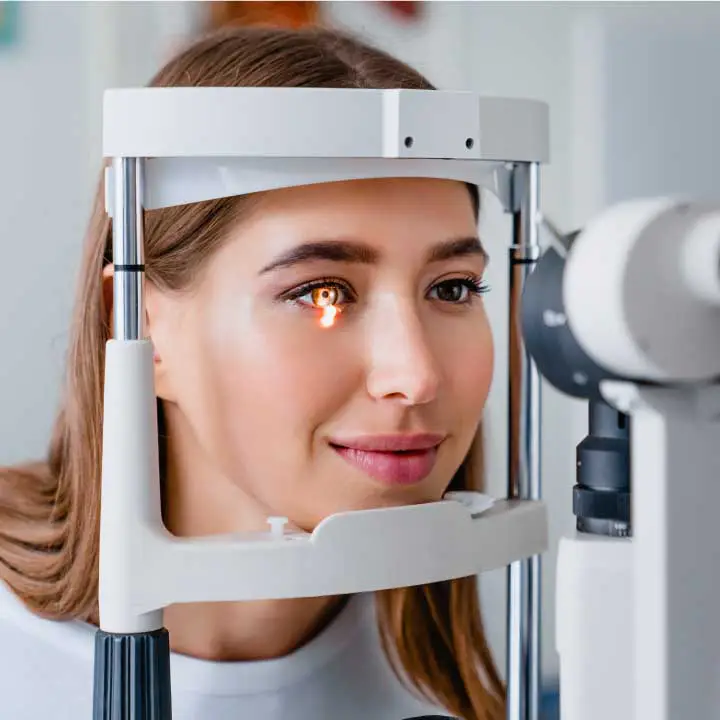
Adult Eye Exams
Our advanced eye exams consist of 25+ modern tests and digital scans to assess eye health, function, and visual acuity.
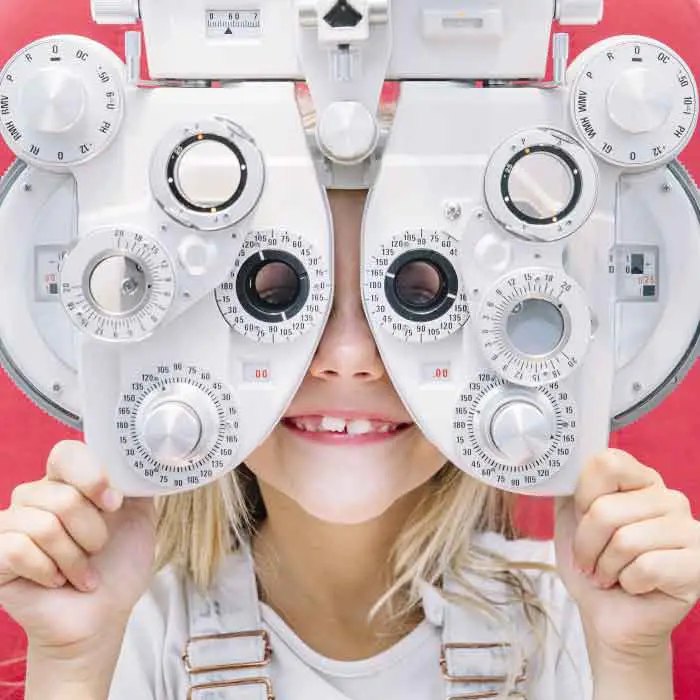
Child Eye Exams
Give your child a clear future with an annual eye exam from our experienced Edmonton optometrists.

Senior Eye Exams
Maintain your vision through your golden years with gold standard eye care from the optometrists at our Edmonton eye clinic.
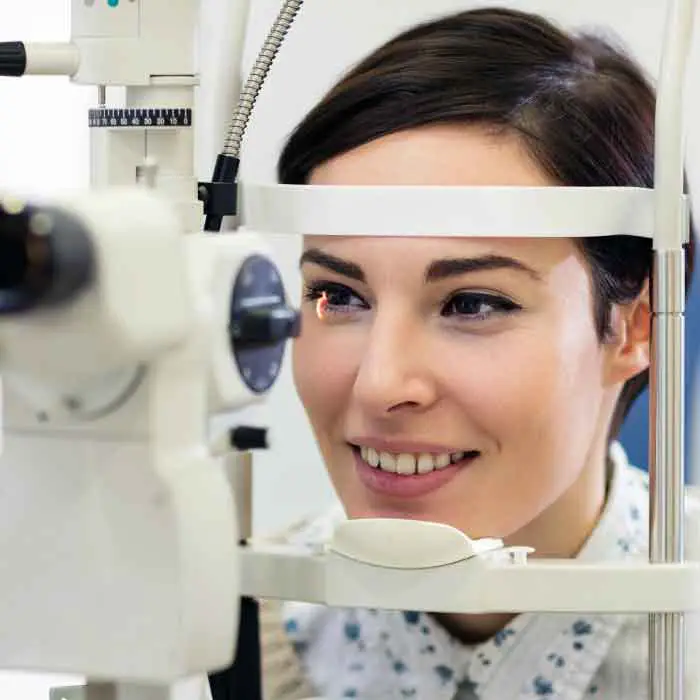
Contact Lens Eye Exams
Our eye exams for contact lens wearers include test and digital scans to assess eye health, function, visual acuity, and lens fit.
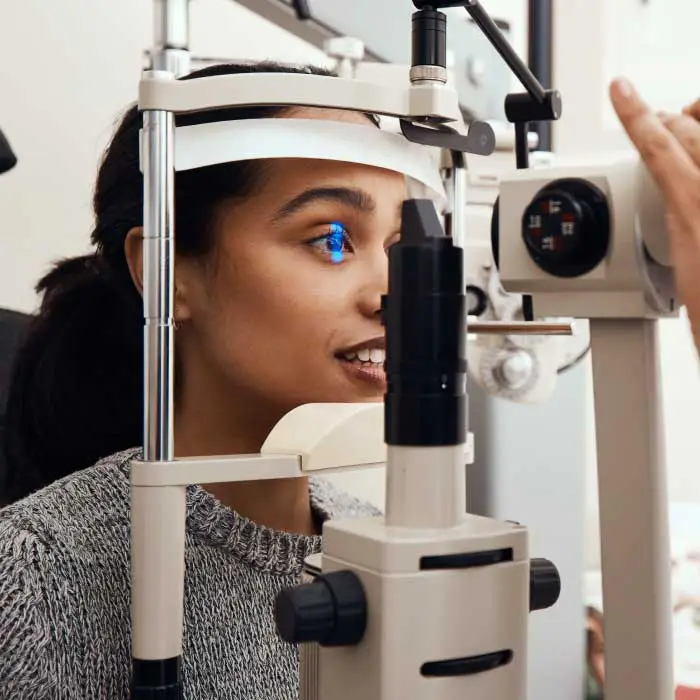
Diabetic Eye Exams
Managing diabetes requires regular eye exams to ensure that diabetes is not causing irreversible vision loss.
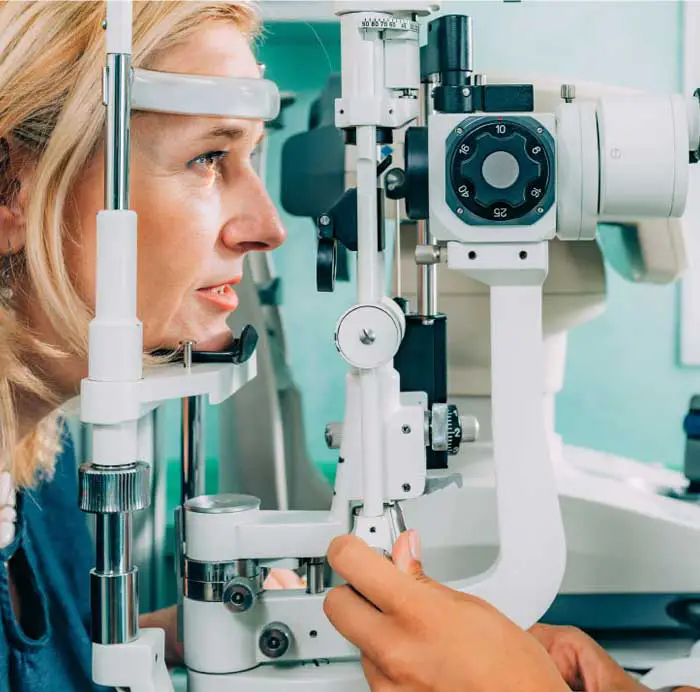
Dilated Eye Exams
Dilating the eyes enables our Edmonton optometrists to see more of the eye so that you many never see less.
Our Edmonton Eye Exams Are Comprised Of 4 Phases Of Evaluation

1. Eye Exam Pre-Testing
Corneal Thickness | Intraocular Pressures | Visual Field
Pre-testing is a detailed process that gathers all necessary information for the optometrist in advance of the optometrist-administered eye examination. This process involves completing a detailed patient history, as well as a series of standard tests. Pre-testing is an essential part of the comprehensive eye exam process, providing valuable information and visuals for both the optometrist and the patient.
More About Pre-Testing »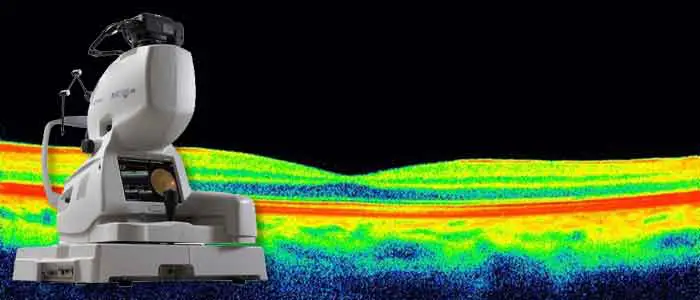
2. Advanced Diagnostic Testing
Retinal Photography, OCT, Topography
eye-deology Vision Care differentiates itself from other clinics by having the most advanced modern diagnostic specialty testing equipment. Specialty equipment, such as a wide-angle high-resolution retinal imager, Optical Coherence Tomography (OCT), Humphrey Visual Field Analyzer and corneal topographer, ensures that patients receive the best comprehensive eye care.
More About Advanced Testing »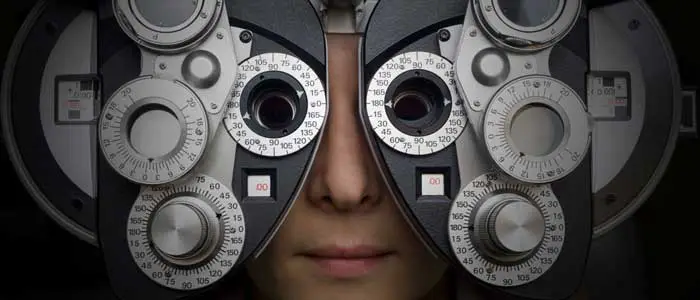
3. Optometrist Examination
Health Assessment & Disease Diagnosis
eye-deology Vision Care Edmonton optometrists perform a multitude of tests and assessments to evaluate ocular health, eye coordination, and visual acuity. In addition, they also evaluate the results of the tests and scans performed during pre-testing. As part of patient education, our optometrists also take the time to show and explain results to patients.
More About Doctor Exam »
4. Eye Glass Consult
Prescription | Lens Selection | Digital Fitting
If you require corrective lenses to improve your vision, our licensed opticians will customize their fit to your unique attributes, needs, lifestyle, and budget. Our opticians are happy to provide you with information about the latest eyeglass frame and lens technologies available so you can make informed decisions and begin seeing and looking your best.
More About Eyewear Consult »